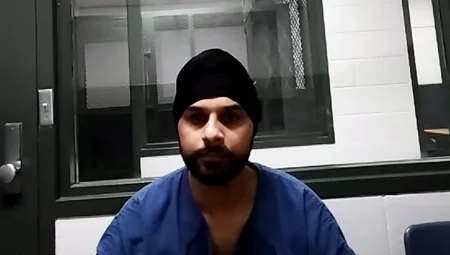A Brief Journey of Hope: The First Genetically Modified Pig Liver Transplant
In a pioneering medical endeavor that pushed the boundaries of xenotransplantation, doctors performed the first partial transplant of a genetically modified pig liver into a human patient. The procedure represented a remarkable intersection of genetic engineering and transplant medicine, offering a glimmer of hope to the patient who suffered from both advanced liver cancer and cirrhosis—two life-threatening conditions that severely compromised liver function. For 38 days, this experimental organ supported the patient’s failing liver, providing valuable data for researchers while temporarily alleviating some symptoms. Though the modified portion was ultimately removed, and the patient sadly passed away several months after the procedure, this medical milestone opens new possibilities for addressing the chronic shortage of human donor organs that leaves thousands of patients on waiting lists each year.
The transplant involved careful genetic modifications to the pig liver to reduce the risk of rejection by the human immune system. Scientists had meticulously altered specific genes that typically trigger aggressive immune responses when animal tissues are introduced to humans. This process represents years of research into making animal organs compatible with human recipients—a field that has seen accelerating progress in recent years. The partial transplant approach was chosen deliberately, allowing the modified pig tissue to support the patient’s native liver rather than replace it entirely. This conservative strategy provided a safety mechanism while still testing the viability of the xenotransplant in a real clinical setting with a patient who had limited conventional options.
Throughout the 38 days, medical teams conducted comprehensive monitoring of the transplant’s performance. They tracked immune markers, assessed liver function through blood tests, and vigilantly watched for signs of rejection or zoonotic disease transmission—a critical concern when crossing species barriers. The data collected during this period proved invaluable, offering insights into the interactions between human and porcine tissues that could not be fully predicted from laboratory studies or animal models. Each day the transplant remained viable represented a small victory, adding to the collective knowledge that might someday make routine xenotransplantation possible for thousands of patients awaiting organs.
The decision to remove the transplanted portion after 38 days was likely based on multiple factors, including signs the organ might be starting to deteriorate or that the patient’s condition was changing. Even this planned removal provided critical information about the longer-term viability of genetically modified animal organs in humans. The medical team would have carefully examined the extracted tissue to understand how it had adapted to the human environment, how human cells might have interacted with the pig cells, and whether any unexpected cellular changes had occurred. These findings, though accompanying a procedure that did not save the patient’s life, contribute significantly to refining future approaches to xenotransplantation.
For the patient with advanced liver cancer and cirrhosis, this experimental procedure represented a courageous contribution to medical science during their final months of life. Having likely exhausted conventional treatment options and facing a poor prognosis, their participation helped advance a field that may eventually benefit countless others. While the transplant did not reverse their terminal conditions, it potentially provided some temporary improvement in quality of life and certainly created a legacy of medical knowledge. The months between the transplant removal and the patient’s passing would have involved continued medical care, symptom management, and likely ongoing evaluation of how the brief xenotransplant had affected their overall condition.
This case embodies both the promise and limitations of current xenotransplantation technology. Though the outcome was not a long-term success in saving the patient’s life, it represents a crucial stepping stone in developing alternative organ sources for the more than 100,000 Americans currently awaiting transplants. Each such procedure refines techniques, identifies challenges, and brings researchers closer to the day when genetically modified animal organs might routinely extend human lives. The ethical, regulatory, and scientific questions raised by this case continue to drive discussion among medical professionals, ethicists, and patient advocates about the appropriate path forward—balancing innovation with patient safety, and hope with realistic expectations as we navigate this frontier of transplant medicine.










